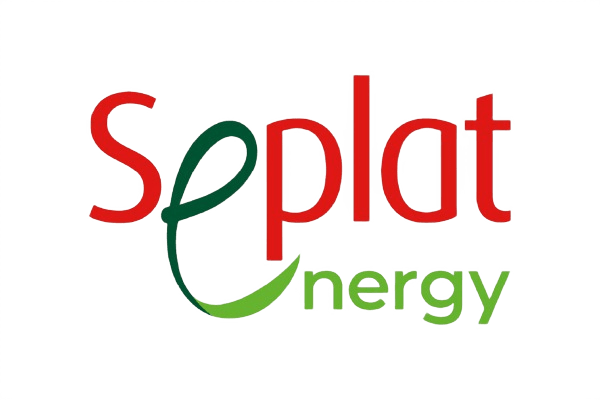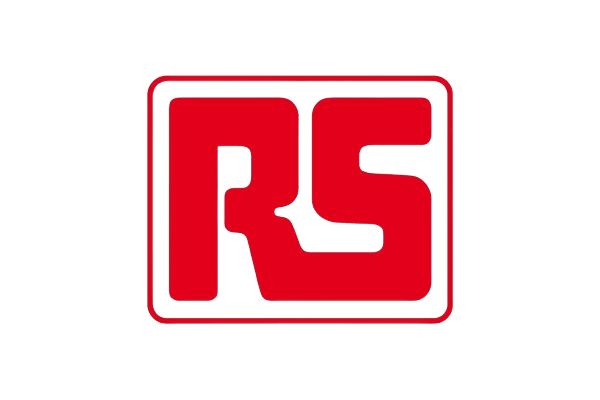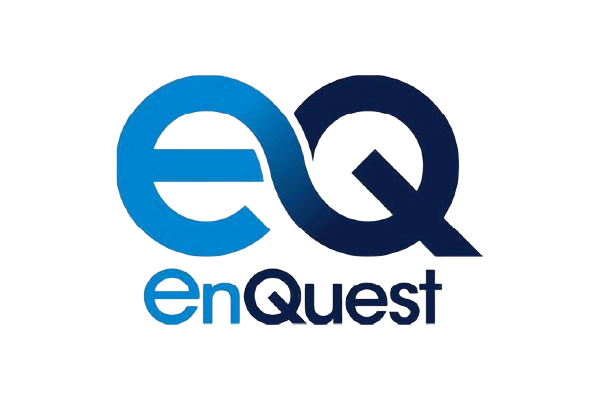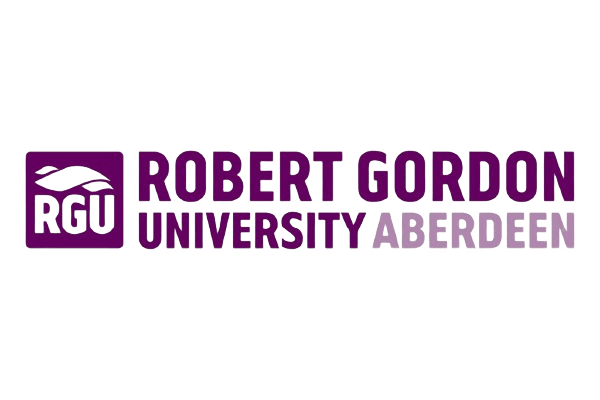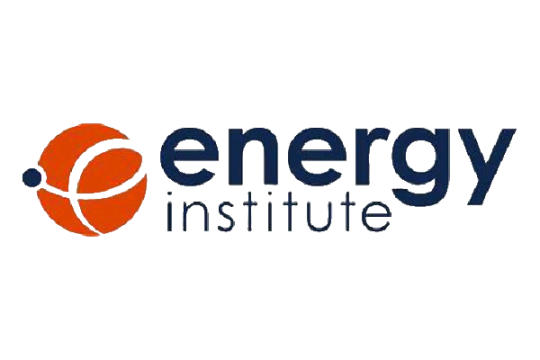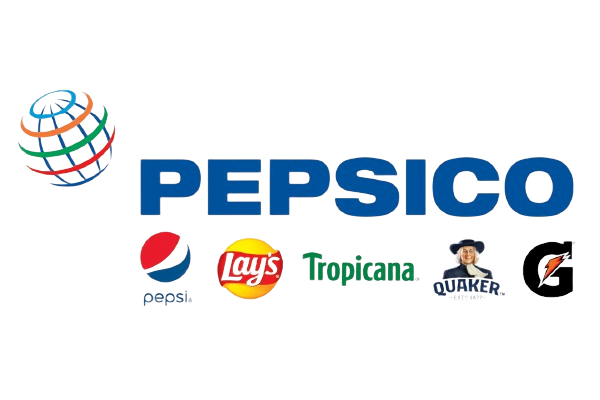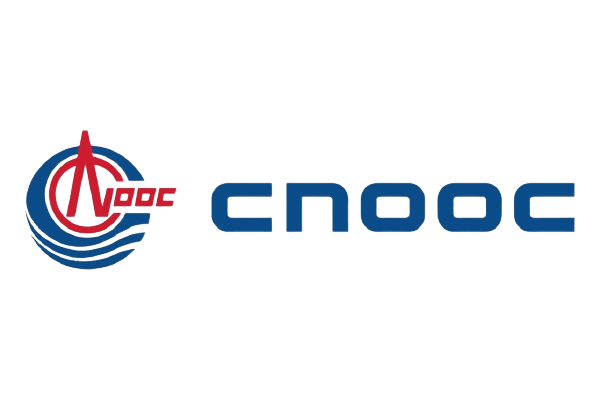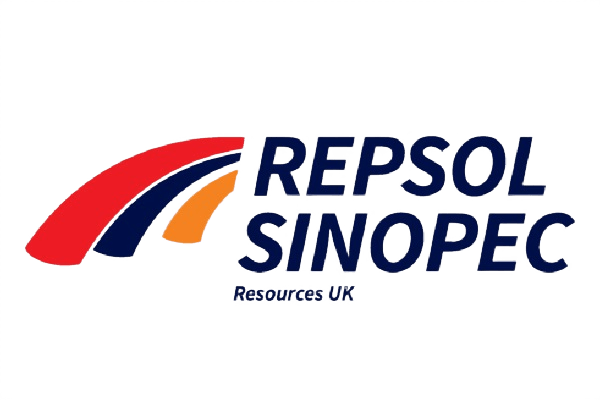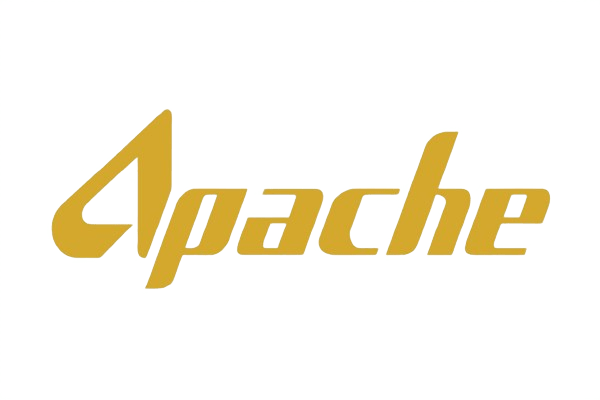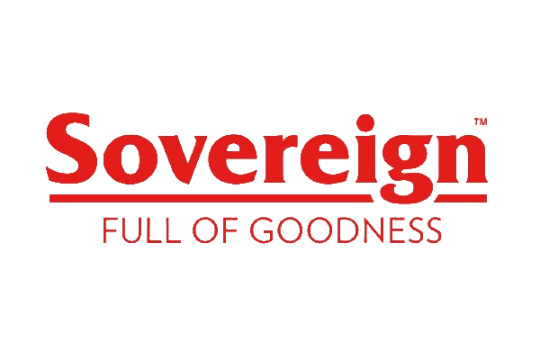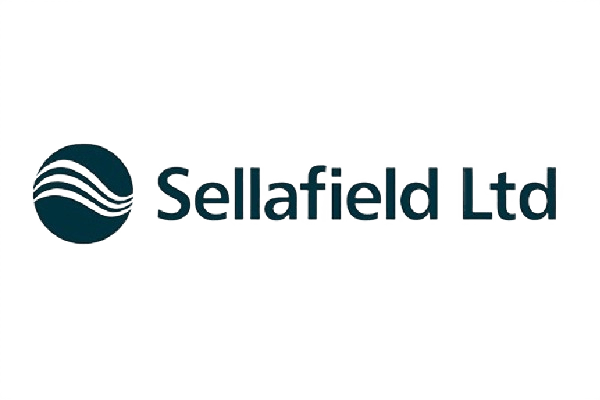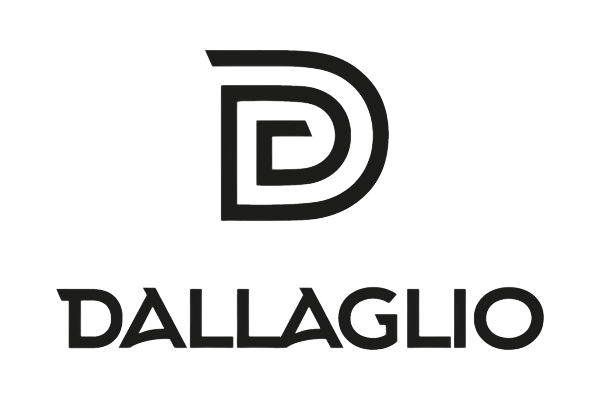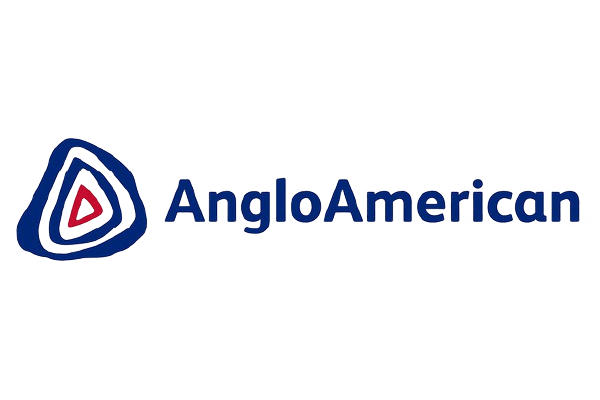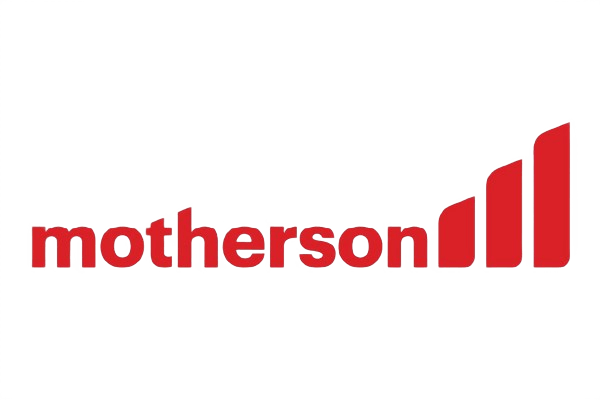Introduction
Most industries are shifting toward Asset Management with a mission to reduce operating expenditure (OPEX). Engineering Asset Management (EAM) is the management of engineering assets which provides guidelines on the effective usage of all the physical assets within the organisation. The consistency and accuracy of asset data is at the core of this mission. This article highlights the “not so hidden”, but continuous unresolved issues that contribute toward poor data integrity and addresses recommendations for the management of these issues
Working in Silos- Poor Collaboration
Siloed approach to Asset Management with lack of collaboration between Project Engineering and Maintenance and Reliability teams and other business divisions leads to poor asset data management across the organisation. Effective collaboration between organisational divisions is one of the key ingredients of success and is an element tackled within the best practices of Asset Management defined in ISO 55000 series of standards. Any engineer that has experience in both project engineering and, maintenance and reliability engineering can attest that the gap between these teams is huge.
It is best practice to gather asset supporting documentations such as spares, warranty, after sale service agreement, change management forms, etc. during project execution. However, lack of synergy between project engineering and maintenance and reliability engineering teams hinders this step in most cases. Once an asset has been handed-over to maintenance and reliability engineering team, it is difficult to address inherent design issues that could have been taken care of while project engineering team was still involved. Further, most organisations out-source project engineering department which makes it difficult to mitigate these issues.
Operations/production team sometimes contribute to issues that maintenance and reliability engineering team strives to resolve through asset management. For instance, operations/production team assume that they have the authority to bypass or change the operation of an asset without involving maintenance and reliability team. However, when the asset starts showing symptoms of poor reliability, they seek support from the maintenance and reliability team. Therefore, it is of paramount importance that management of change process is followed, conducted diligently and relevant stakeholders are involved/ informed prior to any plant operation changes.
Poor Use of Computerised Maintenance Management Systems (CMMS)
“Garbage in garbage out”- Computerised Maintenance Management Systems provide a unified platform for day-to-day asset management. However, deploying a software without properly structuring data inputs and workflows within the software platform of choice can lead to poor outcomes of its use. Organisations need to provide adequate training and continuous support so that the users of these software are competent in loading new data, coding data, retrieving data, reviewing data and updating data. This is a critical role within an organisation and cannot be treated as an alternate for a team member who has performed unsatisfactory in their current role.
Relying Solely on MS Excel to Store or/and Manage Asset Data
This is a recipe for disaster, it is a problem that in this evolving industry there are still organisations that are not investing in proper CMMS software. The downside of relying solely on MS Excel spreadsheets to store or manage asset data is that it is not cloud-based preventing real time multi-user collaboration and there is no back-up. Further, in the event whereby the organisation’s IT system is compromised, there is high probability that most data will be lost. On the other hand, MS Excel doesn’t have the capability to effectively track changes.
There is also an interesting finding by Forbes that “nearly 9 out of 10 spreadsheets (88%) contain errors. A majority of these errors were from human error.” Thus, relying solely on Excel will continue to backtrack the progress that has been made through advancement of technology to improve asset management.
Poor Management of Centralised Plant Maintenance System
Most organisations have the right tools to guarantee success in asset management. However, different teams are using different platforms to store, review and update data. For example, engineers keep a separate copy of assets data in physical files (in their offices) without any back-up copies or sharing the data with plant maintenance coordinators or document control office. Further, in most cases crucial documents such as process control narratives, operating philosophy, OEM data books, etc. are not stored on a centralised platform after new installations. It is highly recommended that document control office be the custodian of any changes made to plant assets. Thus, all stakeholders to ensure that they keep document control office in the loop during and after change management process. Moreover, change register can be shared on a cloud-based platform to track “add, modify and delete” actions.
Inconsistent Data Review Intervals
The industry shift toward fourth industrial revolution (4IR) presents a need to digitise assets. Thus, it is evident that there is a lot of room for continuous improvement. In addition, organisations are striving to stay relevant in this erratic industry by modifying existing plant operations and equipment. On the other hand, regulations and legislations are driving certain plant changes. Therefore, there is a need to ensure that assets data is continuously under review and updated to maintain its integrity.
Final Thoughts
Based on the root causes highlighted in this article, it is apparent that for organisation to realise value in asset management, data consistency and accuracy are at the core of asset strategy mission. Thus, any step taken to improve data integrity will contribute immensely toward the success of asset management and certainly lower operating expenditure (OPEX). Subsequently, increasing return on investment (ROI). At Optimal, we help our clients with asset data management which is a part of our Asset Reliability as a Service suite of solutions that improves operations, maximises revenue, reduces risks, allows for innovation, and gives an organisation a competitive edge.


